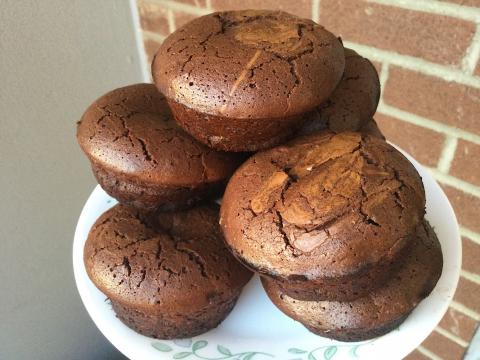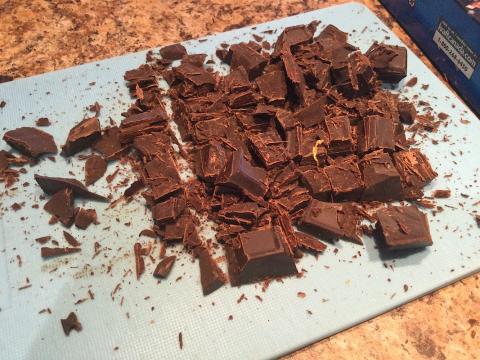Hi everyone - I recently made this bread, which I believe I first read about on this forum:
https://breadtopia.com/toasted-buckwheat-porridge-sourdough-bread/
Wanted to share my experience and see if anyone has any tips. First, I am a pretty experience sourdough baker at this point, but have mostly stuck to traditional country-style loaves, like Tartine, FWSY, etc. For the last year, I've almost exclusively been making the Country Blonde and Field Blend #2 from FWSY, and have it down pretty good. The "craziest" I've gotten is adding cranberries and nuts to my loaves, and sometimes sesame seeds, and I wanted to try something different - so went for this buckwheat porridge loaf.
Overall, I guess it was sort of a success, in that it tasted great and had a wonderful crust - but it was a bit more dense than I would have liked. This was also my first time baking a sourdough in a loaf pan, but I did that more because of some issues I ran into. Here's some points from my bake, and some questions. Curious to hear what people say about these.
- The recipe just called for adding 80g of starter. I wasn't sure if that meant a recently fed starter, a levain or what. So I ended up preparing a levain in the morning, using the same ratios as FWSY Country Blonde (4:4:1:1, white flour:water:ww flour:starter) . I prepped the levain at around 9am, and mixed my dough around 5pm - it seemed pretty active then - but maybe not as much as if I would have added a starter directly in, maybe fed the night before?
- After 2 hours of folding, the dough wasn't as active as I expected. Especially after folding in the soaked buckwheat. Also, the dough became extremely wet after adding the buckwheat - even though I had drained it as thoroughly as I could.
- The recipe said the dough should double - I waited until around 11:30pm (72 deg kitchen) and it didn't seem to change that much. I had to go to bed by then, so I turned it out, did a pre-shape, and let it rest 30 min. The dough was so wet it was almost completely unshapeable. My main question here is, I wonder if this is b/c of the moisture from the buckwheat, or maybe it was actually overproofed by then?
- I did the best I could for shaping, but didn't want to risk having it completely stick to a proofing basket, so I just oiled up a loaf pan and put it in there for the night in the fridge.
- Next morning, took loaf out of fridge. Didn't look any different than the night before. Does this mean anything?
- I baked it up, and ended up with what you see below. I ended up putting the whole loaf pan into my dutch oven to try to get some steam for the first half of the bake - not sure how much this did.
Like I said, it tasted great, and texture was good too - but a bit dense. One aspect I really loved about this bread, was that the buckwheat around the outside got really crunchy when baked, giving it a sort of nutty-crunchy texture which I loved.I want to make this again, not sure what to do differently next time. Any tips would be much appreciated!




























